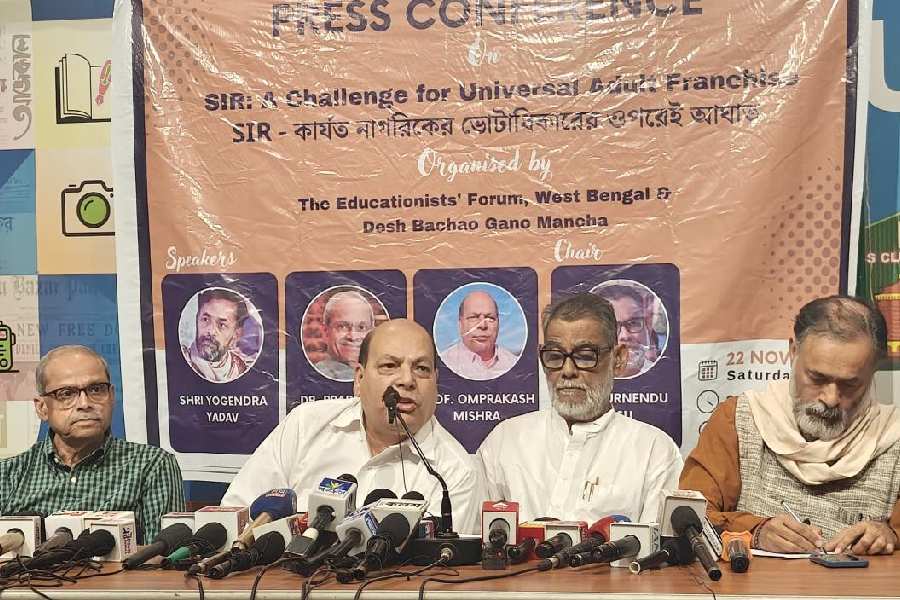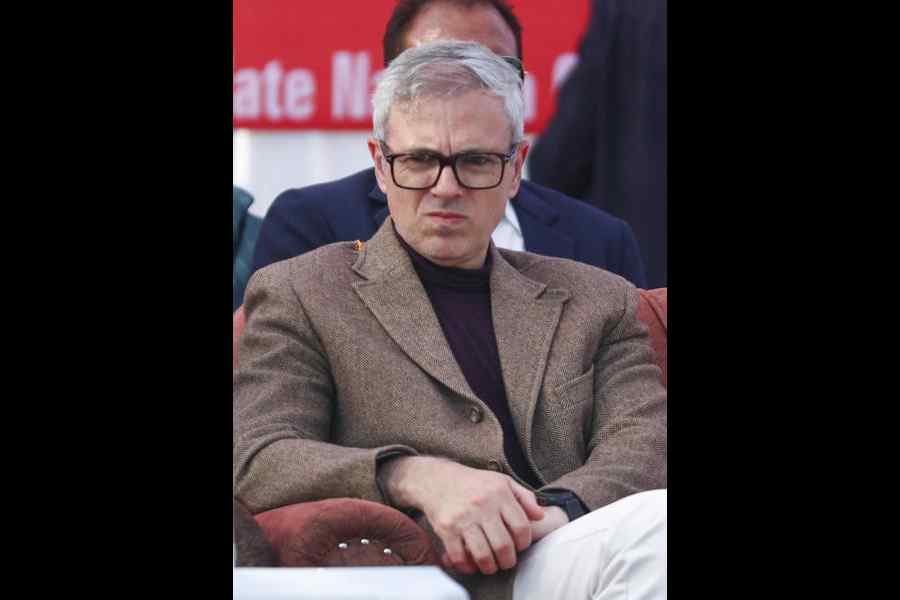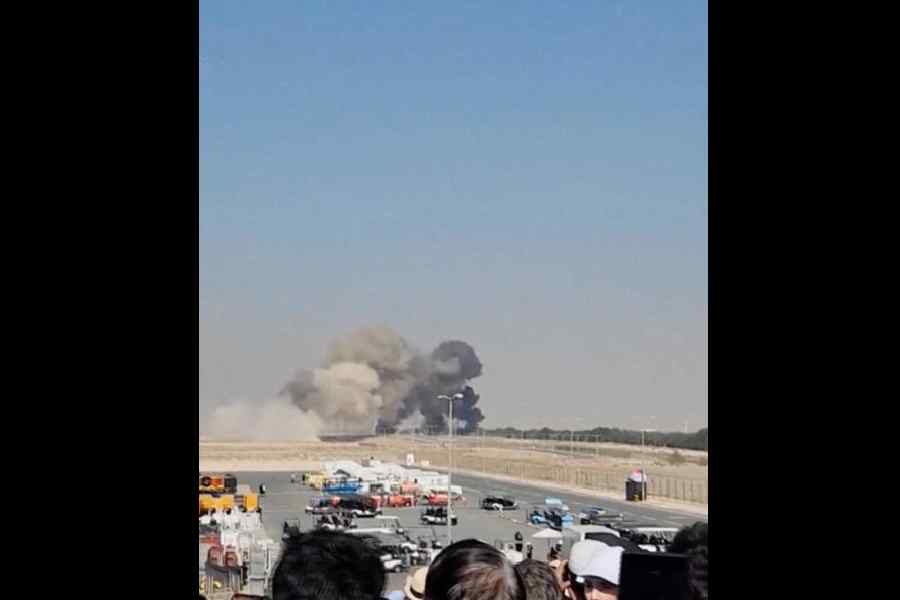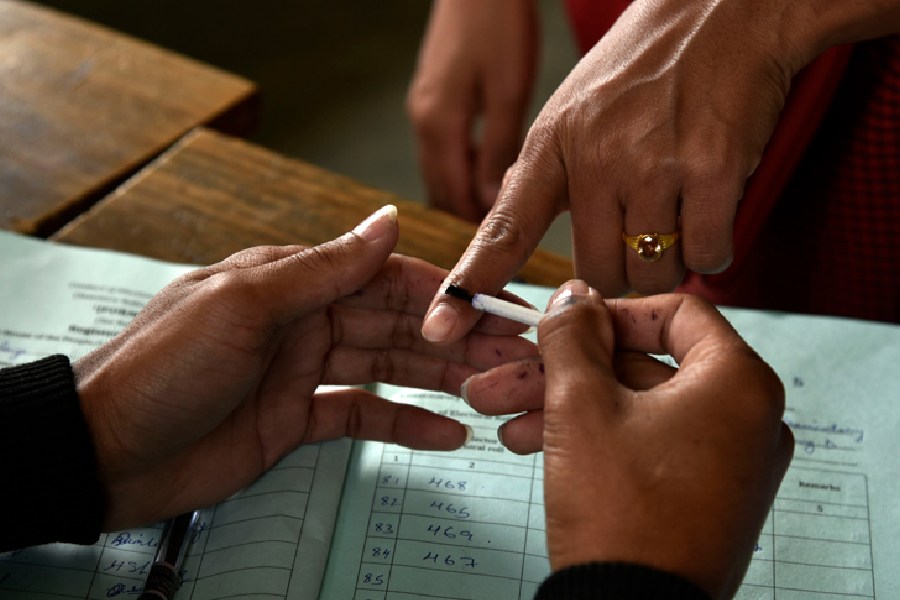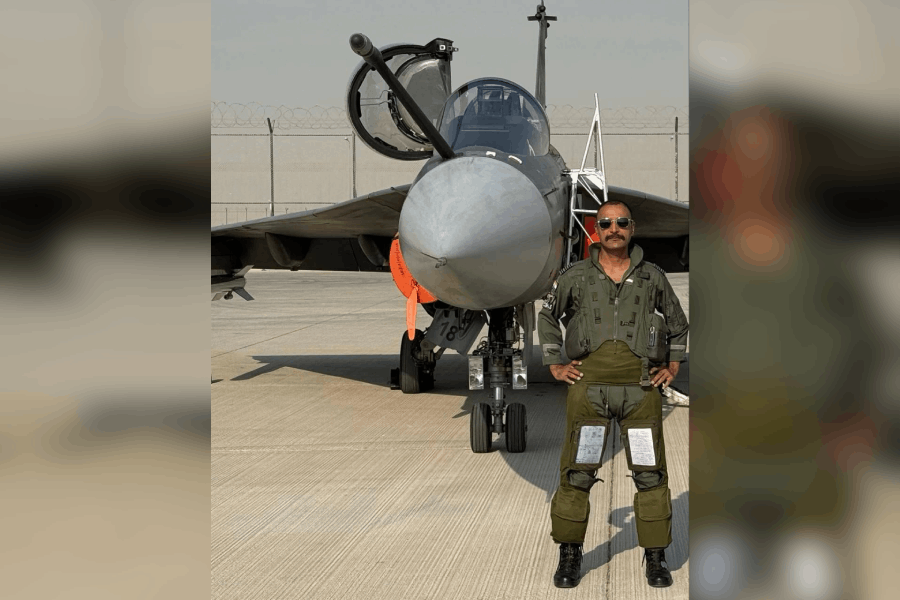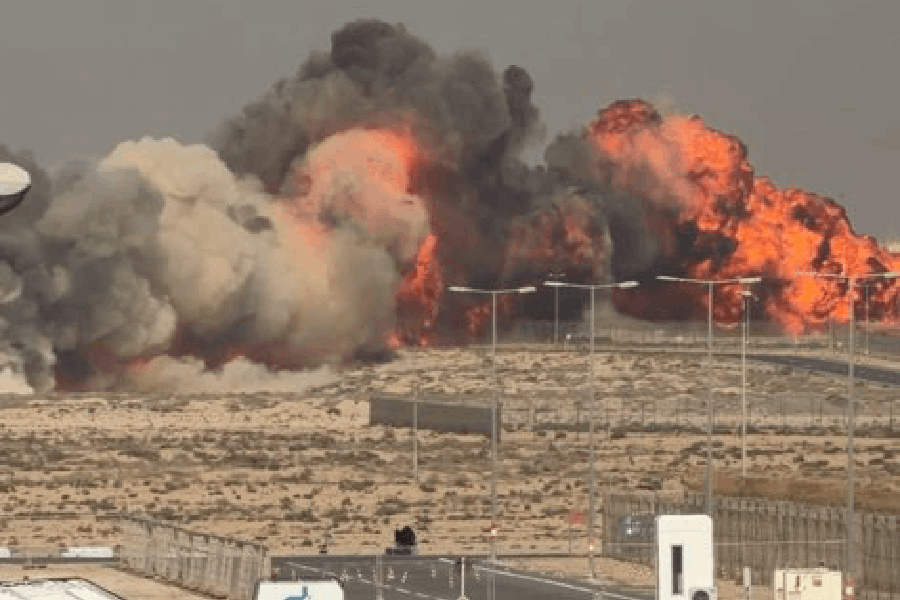An Agniveer who was deployed at the Siachen glacier, the world’s highest battlefield, has died in the line of duty, the second casualty of a recruit under the controversial scheme reigniting the debate on deployments in treacherous terrain without any pension benefits for the family.
The Army’s Leh-headquartered Fire and Fury Corps announced the death of Operator Gawate Akshay Laxman on Sunday. The exact details behind the death of Laxman, a resident of Maharashtra, were not immediately known.
Under the Agnipath scheme, launched by the Narendra Modi government in June last year, soldiers are recruited in the army, air force and navy on a short-term contractual basis for four years and they are not entitled to gratuity and pension benefits.
“Quartered in snow silent to remain, when the bugle calls they shall rise and march again, All ranks of Fire and Fury Corps salute the supreme sacrifice of #Agniveer (Operator) Gawate Akshay Laxman, in the line of duty, in the unforgiving heights of #Siachen and offer deepest condolences to the family,” the Fire and Fury Corps wrote on X.
Army chief Gen. Manoj Pande and all ranks of the force condoled the death of Agniveer Laxman.
Several army veterans had last year slammed the Modi government for the “ill-thought-out” Agnipath scheme, launched with the apparent aim of cutting the ballooning salary and pension bills of the armed forces.
They had said the scheme would adversely affect the efficiency and effectiveness of the military as it was not in keeping with the erstwhile military traditions and ethos. They also questioned the professionalism and preparedness of soldiers with a four-year stint, arguing that it takes at least seven-eight years for an infantryman to become an experienced battle-hardened soldier and three-four years for recruits to learn the basic ropes of soldiering.
Prominent social media handles pointed out that Laxman was the first martyred soldier whose family would not be entitled to a pension.
Last year, additional secretary Lt Gen. Anil Puri in the Department of Military Affairs (DMA) had told a media briefing in Delhi that Agniveers would get a compensation of Rs 1 crore if they sacrifice their lives in service of the nation. It is not clear whether it applies to Laxman since there is a haze around the cause of his death.
Navdeep Singh, a lawyer and former military reservist who has authored books on military pensions, posted on X that “some apolitical objective good Samaritans” have pointed out “the grave anomaly in the death/ disability benefits of Agniveers, beseeching the Govt to look into it” following Laxman’s death.
“Ironically, the family of a temporary trainee civil employee even if she/ he dies in an accident on getting drunk while on leave or by suicide, would be entitled to family pension, but not the family of this Agniveer Battle Casualty in Siachen (sorry for the dark and seemingly insensitive examples/ comparison),” he wrote.
Singh said the responses he received on social media to the “very valid request” for benefits for Agniveers were instructive. “’He (the slain soldier) knew what he was joining’…. ‘Nobody joins the military for money or pension’…. ‘Family will get lump sum amount from public funds…. You are anti-national!’ etc etc… shows the state of our hearts and minds,” he said.
Amit Kumar, a retired army colonel, complained about the deployment of Agniveers in harsh terrains.
“May God bless your soul and give wisdom to the present Govt. Must consider the training aspect of these youths in all weather conditions, the time period to acquaint with recent technology of operating weapons, equipment & machine,” he wrote on X.
On October 11, the army had faced criticism after it denied a military funeral to an Agniveer who died in Jammu. The army later clarified the military funeral was refused because he died of a self-inflicting wound.
The Jammu-based White Corps said in a statement that Agniveer Amritpal Singh, 19, had died while on sentry duty in the Rajouri sector “due to a self-inflicted gunshot injury”.
Officials said no guard of honour is provided in cases related to self-inflicted injury.
The soldier was from Punjab where his family told the media that he had been in good spirits before his death, seeking a probe into his death.
Former Union minister Harsimrat Kaur Badal said she was shocked to learn that Amritpal, “who was martyred in the line of duty in Poonch, J&K, (and) was cremated without an army guard of honour”.
Honorary Captain Bana Singh, the only living Param Vir Chakra awardee and an army legend, had said the country would have to “pay a huge price” for the Agnipath scheme, which would “destroy” the military and benefit Pakistan and China.
Popularly known as “Siachen Hero”, Bana Singh had in June 1987 led an assault on Pakistan’s Quaid-e-Azam post at an altitude above 21,000 feet. The attack killed six Pakistani soldiers and led to the capture of the strategic post.
The Siachen glacier, at a height of around 20,000ft in the Karakoram range, is known as the highest militarised zone in the world.
The Siachen frontier has claimed nearly a thousand soldiers since Indian forces evicted the Pakistani army from the heights during Operation Meghdoot in 1984.



